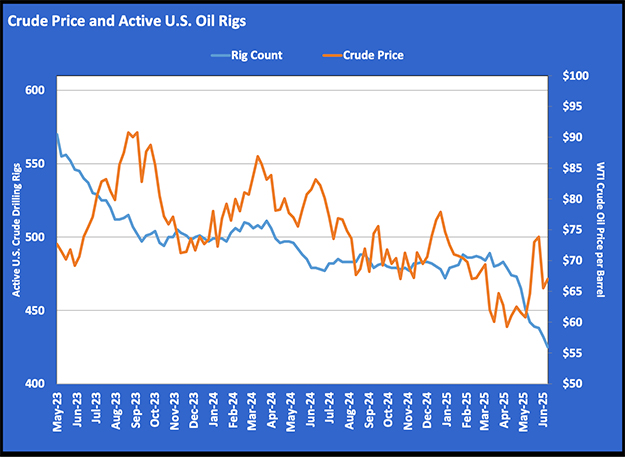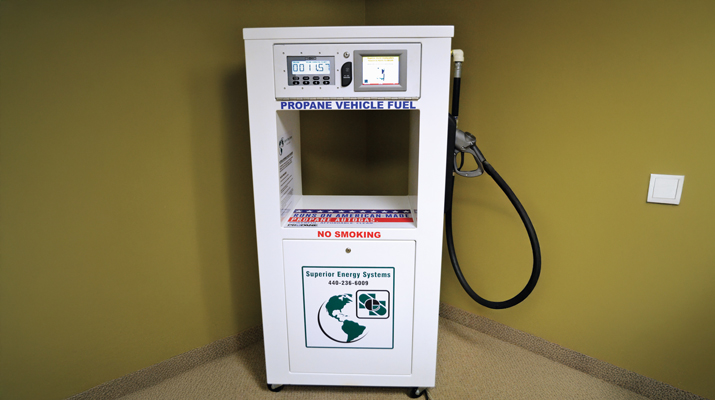Mid-year messages for the propane industry
Tucker Perkins came to the propane industry’s mid-year meetings in the nation’s capital to deliver three points and urge action from those seated before him.
Winter supply concerns are felt to some extent each offseason as the industry tracks the ebbs and flows of the propane inventory builds and, more so in recent years, the crop progress reports.
When the U.S. inventory chart line hovers near the bottom of the five-year average, where it currently sits, industry leaders like Perkins, PERC’s president and CEO, tend to notice.
Today’s labor challenges only add to the urgency of propane marketers to ensure their supply plans are in order come the fall harvest and winter heating season.
The environmental condition
Environmental topics seem to be part of our daily news feed, but they’re just as important to the propane industry because we’ve become part of the story.
Sure, it’s rare for your customers to bring environmental concerns into your office, Perkins acknowledges, but there’s a huge contingent of people set on requiring a clean, even renewable solution to play in the energy game of the future. The industry has begun to build its own supply of renewable propane, and PERC is working to further define how renewable propane fits best in retailer operations and with the producer community.
Perkins likened the “path of electrification” argument to a train that continues down the track despite clear examples of grid instability and insufficient infrastructure.
Can anyone stop it?
“I hope you are engaging in this environmental condition, this environmental fight,” Perkins said. “You’re the leaders of this industry. If this industry is going to have a voice, it’s going to come from the people in this room.”
Voices can resonate in the nation’s capital, in one’s own statehouse, with a legislative or codes contact or an HVAC installer – to make sure everyone is aware of how propane can serve as a reliable energy choice and help lower carbon emissions, he said.
PERC’s own environmental campaign, which features state and national components, will help increase consumer awareness of propane as a clean energy.
“We need to get that train back on the right track,” Perkins said.
Scott Tinker did the industry a favor in this space when he spoke at NPGA’s Propane Days on what he calls “the dual challenge” of energy and the environment.
Cummins engine
Propane can help clean the air when it serves as a replacement fuel for diesel applications. That’s the focus of a large-scale PERC project in which Cummins is developing a 6.7-liter propane engine that it plans to commercialize in 2024.
Perkins exudes passion for a multimillion-dollar project that started to gain traction two years ago as PERC took steps to contract with the Indiana-based engine manufacturer.
Perkins’ passion was tempered somewhat, however, when he spoke to marketers in D.C.
“As we sit here today, we had hoped every major truck OEM would have signed up by now,” he said of an engine that could allow marketers to deliver propane on their own fuel and one that could power fleets outside the industry.
While the versatile engine has drawn attention in the off-road space (e.g., ports, power, agriculture), the propane industry was awaiting its first truck OEM that would make propane part of its manufacturing process.
The results seem to bear out the competitive energy field in which the propane industry finds itself, despite the many positives about the LPG engine. Perkins also shared rumblings of those who say the propane industry hasn’t stepped up fully to show its commitment to the engine.
In response, PERC has been working with top propane marketer fleets on a plan to convey the industry’s interest in the engine.
“If we make our voices heard, this engine will be built easily and will be unbelievably good for our marketplace,” he said.
















